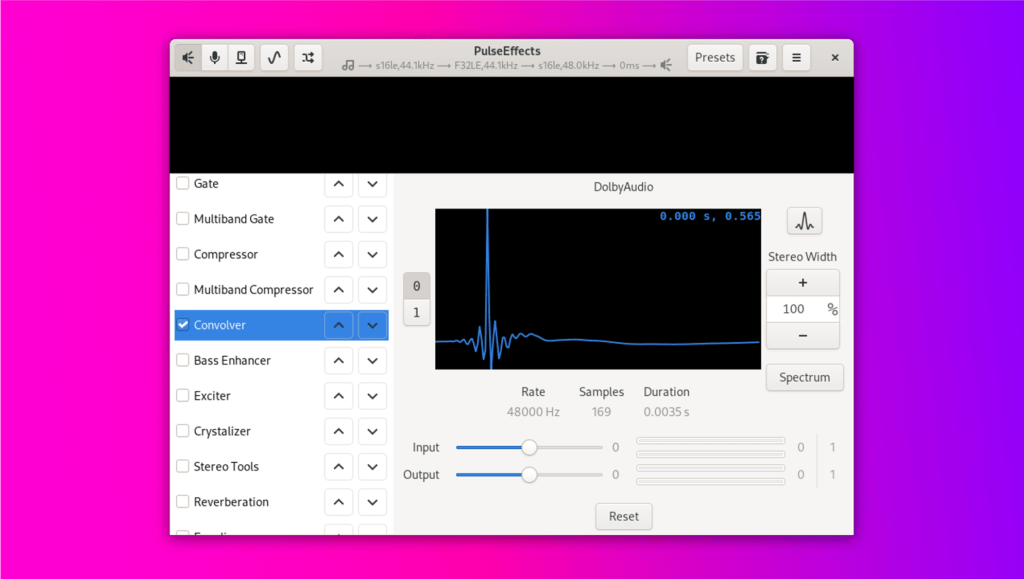How to find the location of a command in Linux
You can find where the command lives with either the whereis or which commands. The whereis command gives you the location of the command as well as the manual page, whereas which just gives you the location of the command. which: [root@hostname ~]# which plesk /sbin/plesk [root@hostname ~]# whereis: [root@hostname ~]# whereis plesk plesk: /sbin/plesk […]
How to find the location of a command in Linux Read More »









